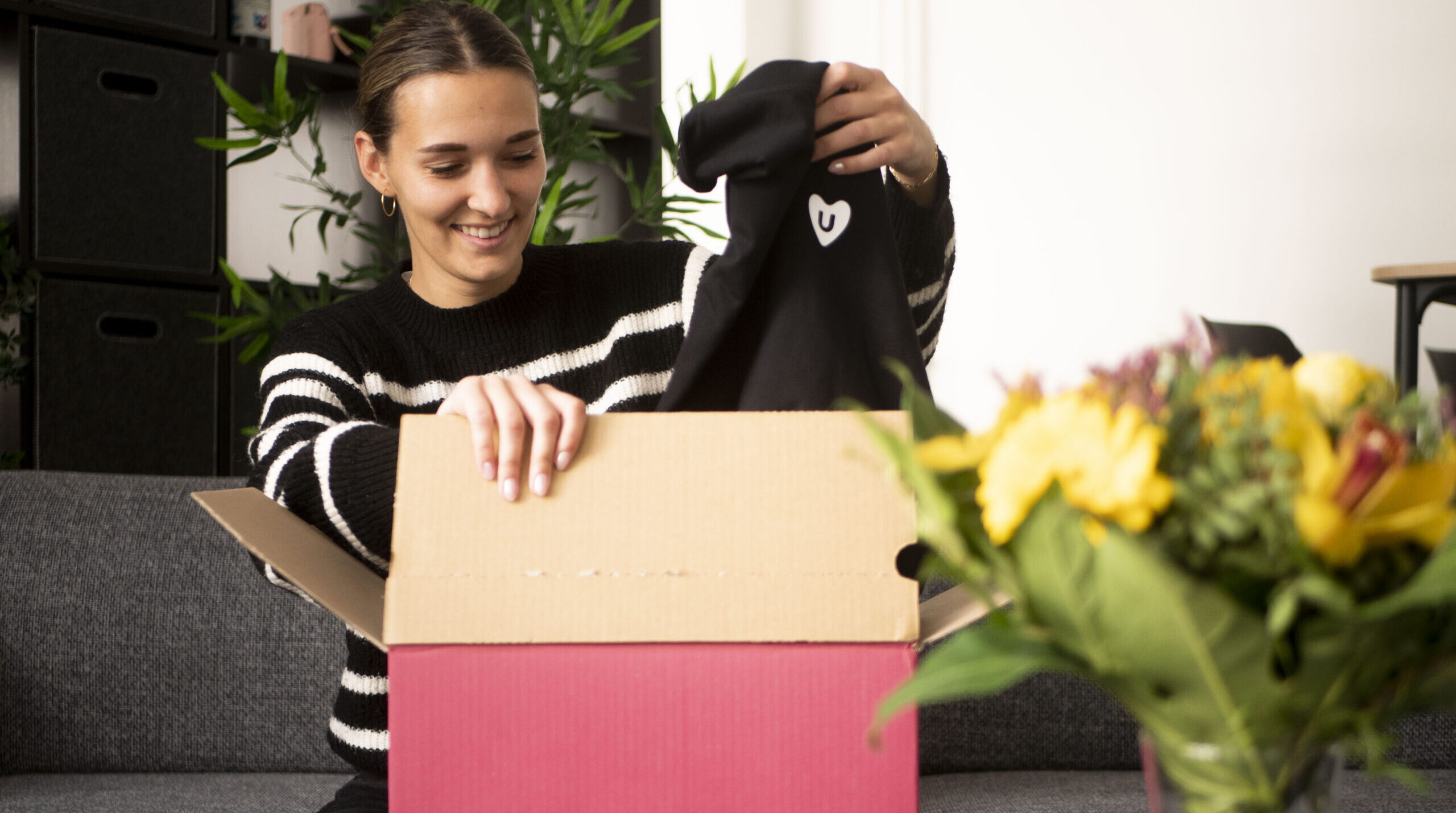As the number of people shopping online has increased since the pandemic, so have their expectations for good service. It’s no longer enough to simply deliver products to their door at a good price. This is taken for granted. Instead, consumers are looking for fast and reliable service at their convenience.
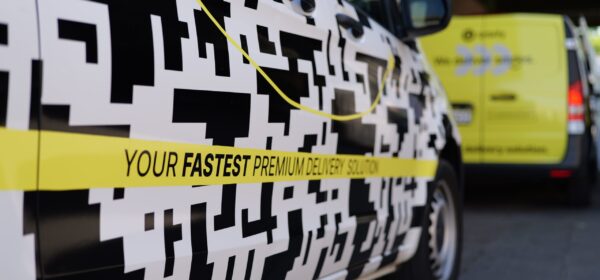
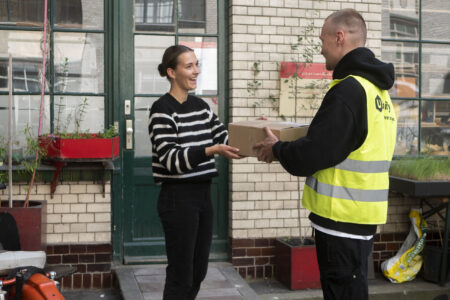
This is putting added pressure on last mile delivery companies to improve their customer service. However, that’s not a bad thing. As the global retail e-commerce market grows, the last mile delivery market will grow alongside it. By 2032, its value is expected to grow to USD 304.5bn from USD 175.3bn in 2023. And with more companies looking to capitalise on this expansion, including new players entering the market, competition will increase. One way that last mile companies can differentiate themselves is to focus on increasing customer satisfaction.
This is something that premium delivery service provider Urbify is focusing on. As their CEO, Dr Ben Stolze, explains, “Customer experience is the holy grail of our business. It is not our goal to challenge incumbent players on efficiency and price, because that is an almost impossible task to pursue, but customer experience is where we can exceed expectations and outperform competitors. We believe that this may be a smaller share of the market, however it is going to increase tremendously.”
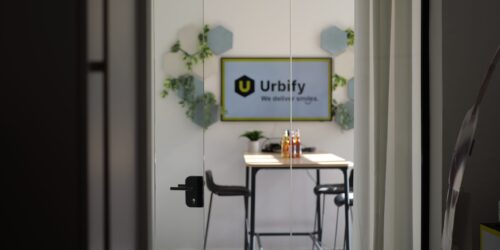
Urbify Success Video
What are the factors that affect customer satisfaction?
Whilst the basic elements of a good delivery remain – the customer receiving the right parcel in a timely manner at a reasonable cost in good condition – these really are the minimum requirements that any last mile company should be aiming for. To offer great customer service today you need to go beyond this.
Customers increasingly expect same-day or next-day delivery. The expectation created by some online retailers that people can receive their items within 24 hours of ordering, has set a standard for the whole industry. In fact, this can be a key factor in a consumer’s purchase decision. If you want to offer a great customer experience, this is something that you must factor in, and to do so requires you to have technology that supports dynamic route planning.
One of the benefits of online shopping is being able to do it when you want, without leaving your house. This convenience should extend to the delivery. Giving customers the chance to choose exactly when they want to receive their order – not a delivery window so large that they can’t make any other plans for that day – is becoming more important. This is something that Urbify has learnt: “We focus on efficient delivery, but make sure that customers receive their parcels when they are at home (16:00-21:00) and on the day they like to have the delivery.” To be able to offer this granularity to customers requires you to optimise delivery routes more efficiently to factor in these restrictions.
Asking customers to wait all day for a delivery is bad enough, but if you fail to deliver during that time slot, your customer satisfaction rating will likely nosedive. For consumers who value their time, having to reschedule plans to accommodate a late delivery is frustrating and can cost you their trust with future transactions.
It’s not unusual for last minute disruptions to cause delays. However, with real-time visibility and route planning tools you can usually overcome them. For example, by avoiding planning routes in areas where delays are common (e.g. during high traffic times) or by adapting routes on-the-go as you receive information about potential problems. As Stolze highlights: “Reliability is crucial also in terms of customer experience so the precision of our planned deliveries is paramount.”
Some delays are unavoidable. But in that case, it’s important to be able to communicate this quickly to the customer. These days, most consumers expect to be able to track their order so that they can make plans without worrying about missing their parcel. Using tools that enable direct communication with customers through alerts and notifications can help reduce any negative impacts of a delay, and offering transparency around the status of a delivery, through real-time tracking, can also build trust.
At a time where the cost of living is increasing, affordability is a determining factor behind purchase decisions. But as costs for everyday consumers increase, they’re also increasing for logistics companies. To continue delivering a great service without passing higher prices onto the customer, it’s crucial to improve efficiency to minimize costs where possible. One way to do that is by optimising route planning. By designing shorter routes, or consolidating them, companies can lower fuel costs. And money can also be saved by designing routes that avoid tolls or other potential tariffs.
Paradoxically, whilst customers want to receive their orders faster, they also want them to be delivered in a more sustainable way. In general, faster isn’t greener, as more vehicles are required to meet the demand, generating higher CO2 emissions. However, as highlighted above, clever route planning and optimisation can shorten routes reducing the amount of fuel used. These tools can also be used to help plan more efficient electric vehicle routes, that factor in battery life and charging point location. And for urban deliveries, where driving isn’t the most efficient way to get around, optimisation technology can help plan better cargo bike routes.
What are the benefits of prioritising customer service?
In addition to helping last mile delivery companies differentiate themselves from competitors, there are several direct benefits for companies who focus on offering a good customer experience.
One of the most immediate benefits is higher conversion rates. Offering fast and convenient delivery times at the checkout can be the difference between a customer completing the purchase or abandoning their shopping cart. This is important for delivery companies as it allows them to offer a good experience to both their customers – retailers and end-buyers.
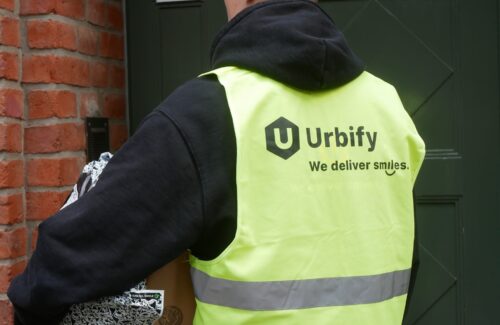
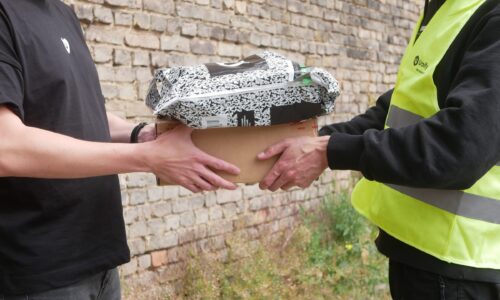
Another benefit is reducing your overall operational costs. By increasing efficiency in your deliveries to offer a faster more reliable service, you’ll also save money. This needs to be done with your customer in mind, however. As Stolze explains, “We have learned that although efficiency is crucial for business viability, customer-orientation is equally important. That means that a logistics solution should both ensure efficiency, but also take into consideration what the expectations of customers are.”
More importantly though, offering a good delivery experience leads to customer loyalty which is important for sustainable business growth. As Stolze explains, “Online retailers’ business model depends on satisfied and recurring customers, hence our clients cannot afford negative delivery experiences for their customers. As the delivery experience is a key determinant of whether customers are going to revisit an online shop or not.” This loyalty comes with its own benefits:
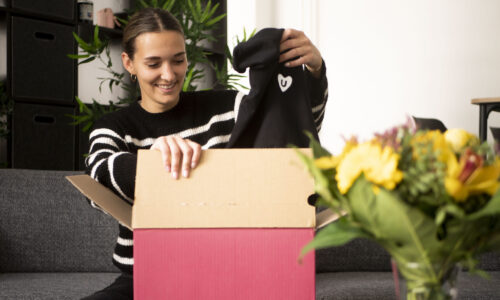
- More business as word-of-mouth recommendations leads to more people requesting your services.
- A bigger share of the market as you service more of the industry. Given the predicted size of the market (more than USD 8tn by 2027) this equates to huge potential revenues.
- Increased profits. According to one survey, businesses that prioritise customer experience are 60% more profitable than those who don’t.
- A reduction in the cost of customer acquisition and retention by up to as much as 25%.
- An advantage over competitors. Because if customers want to continue using your services, they’ll be less likely to turn to another company.
Increasing your bottom line through better customer service
Offering a better customer experience is an important factor in helping your business to grow. Not only is it more likely to result in happy, loyal customers that give you an edge on your competitors, but it can have a direct impact on the company’s balance sheet.
By trying to meet customer demands for quicker, more reliable and sustainable deliveries, it forces companies to find ways to increase efficiencies in their operations. This can be done by incorporating cutting edge route planning and optimisation technology which helps create better routes that can adapted on the go. All this leads to more cost-effective and sustainable operations: a win-win for the customer, the end-consumer and your company.
